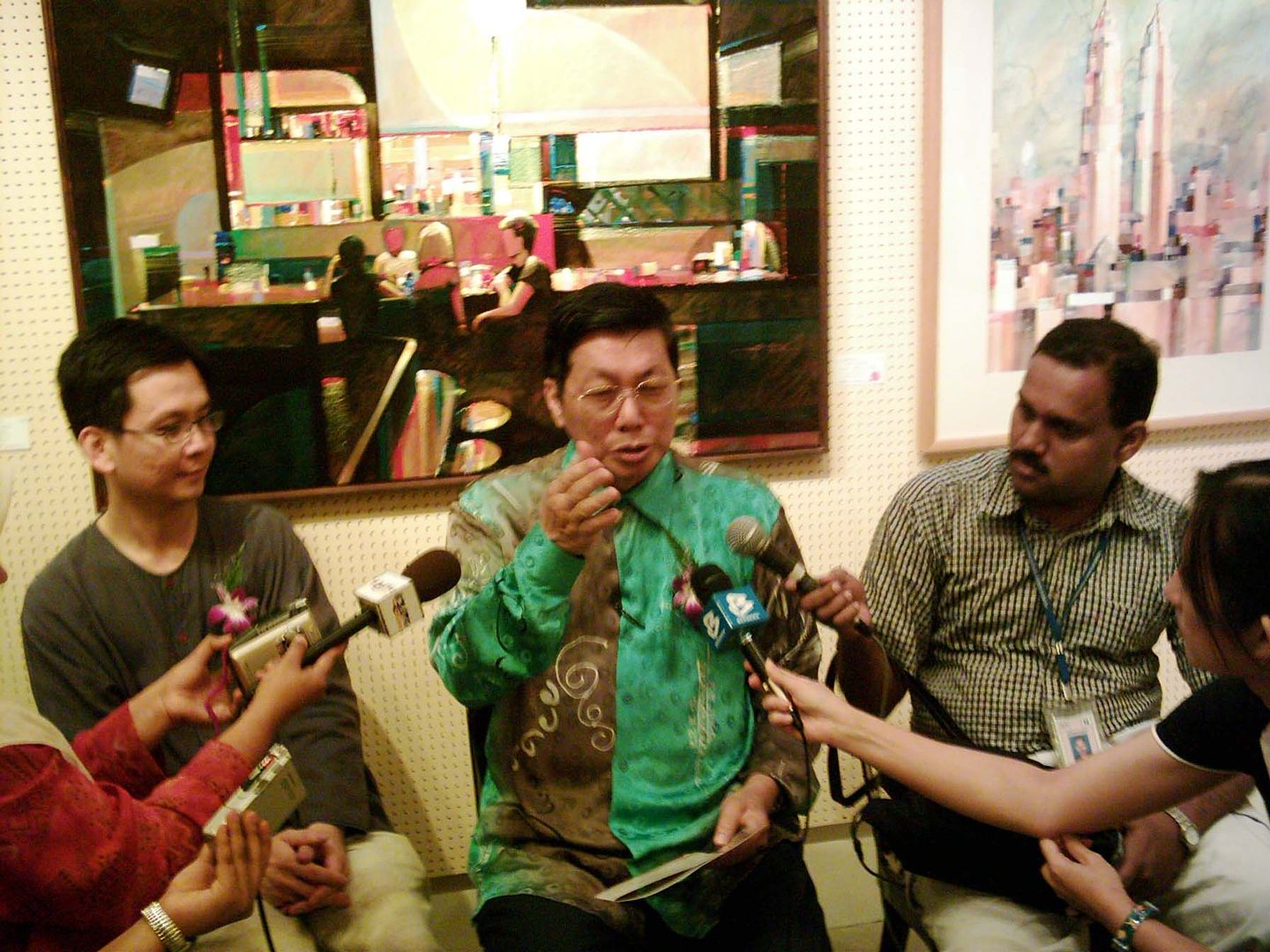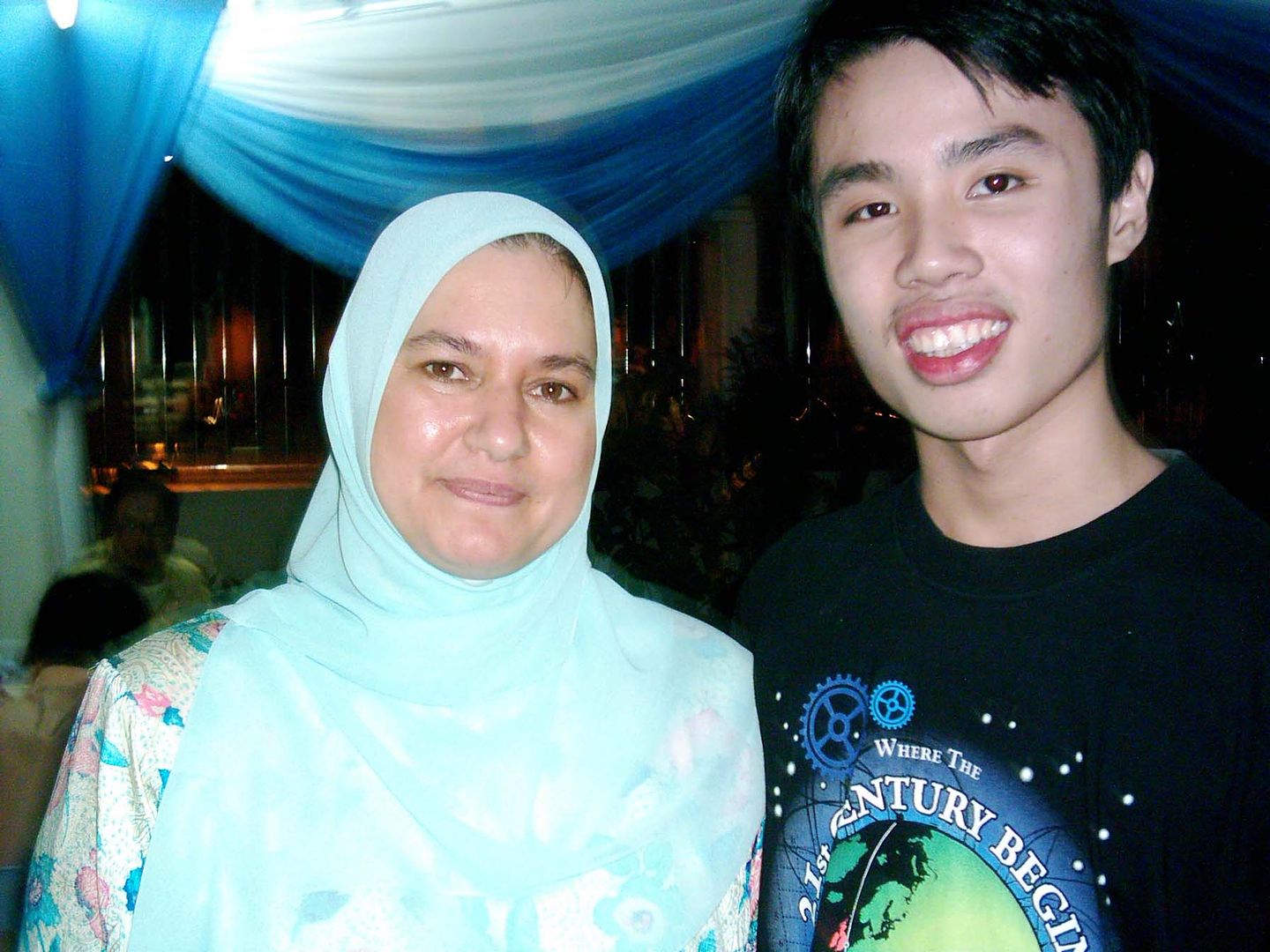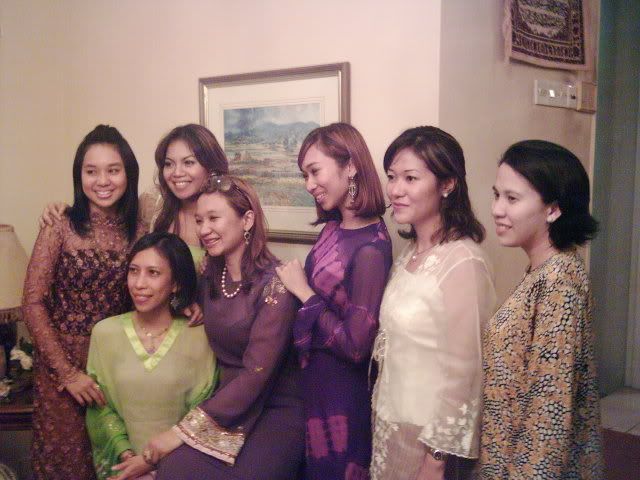Since Datin Seri Endon passes away because of breast cancer last month. I will show you some information and knowledge about cancer in Malaysia. Enjoy reading.
The commonest cancers in Malaysia, according to the National Cancer Registry report, 2003, have to be divided into male and female.
In men, the commonest cancers are (in order of frequency): lung, nasopharyngeal cancer, colon, leukaemia, rectum, prostate, stomach, lymphoma, other skin cancers and liver.
In women, the commonest cancers are (in order of frequency): breast, cervix, colon, uterus, rectum, ovary, leukaemia, lung, stomach and other skin cancers.
Overall, female breast cancer is by far the most common type, with almost 4,000 new cases presenting in Malaysia every year. The second most common, cervical cancer, has an incidence of around 1,500 new cases each year.
Is this different from the types of common cancers around the world?
It is, in many ways. In the US, according to a report by SEER from 1987 to 1991, the commonest cancers in white males are (in order of frequency): prostate, lung and bronchus, colon and rectum, urinary bladder, lymphoma, oral cavity and pharynx, melanoma of skin, leukaemia, kidney and pancreas.
In white women, the commonest cancers are (in order of frequency): breast, lung and bronchus, colon and rectum, uterus, ovary, lymphoma, melanoma of skin, cervix, leukaemia and urinary bladder.
Note that North America has the highest cancer rate per population compared to the rest of the world, with the cancer incidence of over 300 cases for every 100,000 people in its population. This is even higher than Europe, which has about 250 to 300 cancer cases for every 100,000 people.
South East Asia (including Malaysia), the Indian subcontinent, Central Asia and the Gulf States, Central Africa and Mexico have among the lowest rates of cancer incidence in the world.
Nevertheless, experts have warned that by the year 2020, there will be 15 million new cancer cases in the world every year.
Why is this so? Is it the food we eat? Is it our Asian genes?
There are several postulated reasons why the cancer incidence is so much lower in so-called third world countries:
Underdiagnosis – patients with cancer tend to present very late, or not realise they have cancer at all. This is because of the lack of awareness on the symptoms and signs of cancer. People in our neck of the woods tend to pass off these symptoms as “gas” or “simple aches and pains”.
When they do go to a doctor, it might not be to a doctor practising Western medicine. In third world countries, patients have many options – bomohs, sinsehs, shamans, medicine men and so on. The National Cancer Registry of Malaysia only records cases which have presented to Western type doctors.
Cancer is a disease of old age. In the West, people tend to live much longer than developing nations.
Nevertheless, the cancer incidence in Malaysia is rapidly increasing. This is a danger signal we should all heed.
Some cancers are linked to genetics. Nasopharyngeal cancer is often called the “Cantonese” cancer. It is very prevalent in Chinese men and not in the West.
Some cancers are caused by lifestyle trends. You’ll notice that the lung cancer incidence is higher in US women than it is in Malaysian women.
This is probably because smoking amongst US women is more prevalent. However, it must be noted that not all types of lung cancers are caused by smoking. In women especially, the adenocarcinoma subtype is the commonest, and this is postulated to be caused by lung scarring and not smoking.
Another lifestyle cancer is skin cancer, which you will notice is more common in the West where they have less pigmentation to protect them from the harmful rays of the sun. Sunbathing is also more common there than it is here.
In Malaysia, are the cancer types spread evenly amongst the three races? Or is there a difference?
In Chinese men, nasopharyngeal cancer is the second commonest cancer, while in Malay men, it only ranks sixth.
The top three most common cancers in Malay men are: lung, leukaemia and rectum. For Malay women, they are: breast, cervix and leukaemia.
The top three most common cancers in Chinese men are: lung, nasopharynx and colon. Note that colorectal cancer is associated with the more “Westernised” type of diet. In Chinese women, the top three are: breast, cervix and colon.
For Indian men, they are: stomach, prostate and leukaemia. For Indian women, they are: breast, cervix and gum and mouth cancer.
Leukaemias tend to be prevalent in children and adolescents who have cancer, such as those aged below 15. Haematologists have noted that lymphoma tends to be more common in the Malay race than others.
With the increase of cancer awareness, the more “detectable” cancers such as breast cancer (by self-examination and discoveries of lumps) and cervical cancer (by Pap smear) will rise in incidence. The aim is to detect them early so that a full cure may be possible.
Source: The Star




















